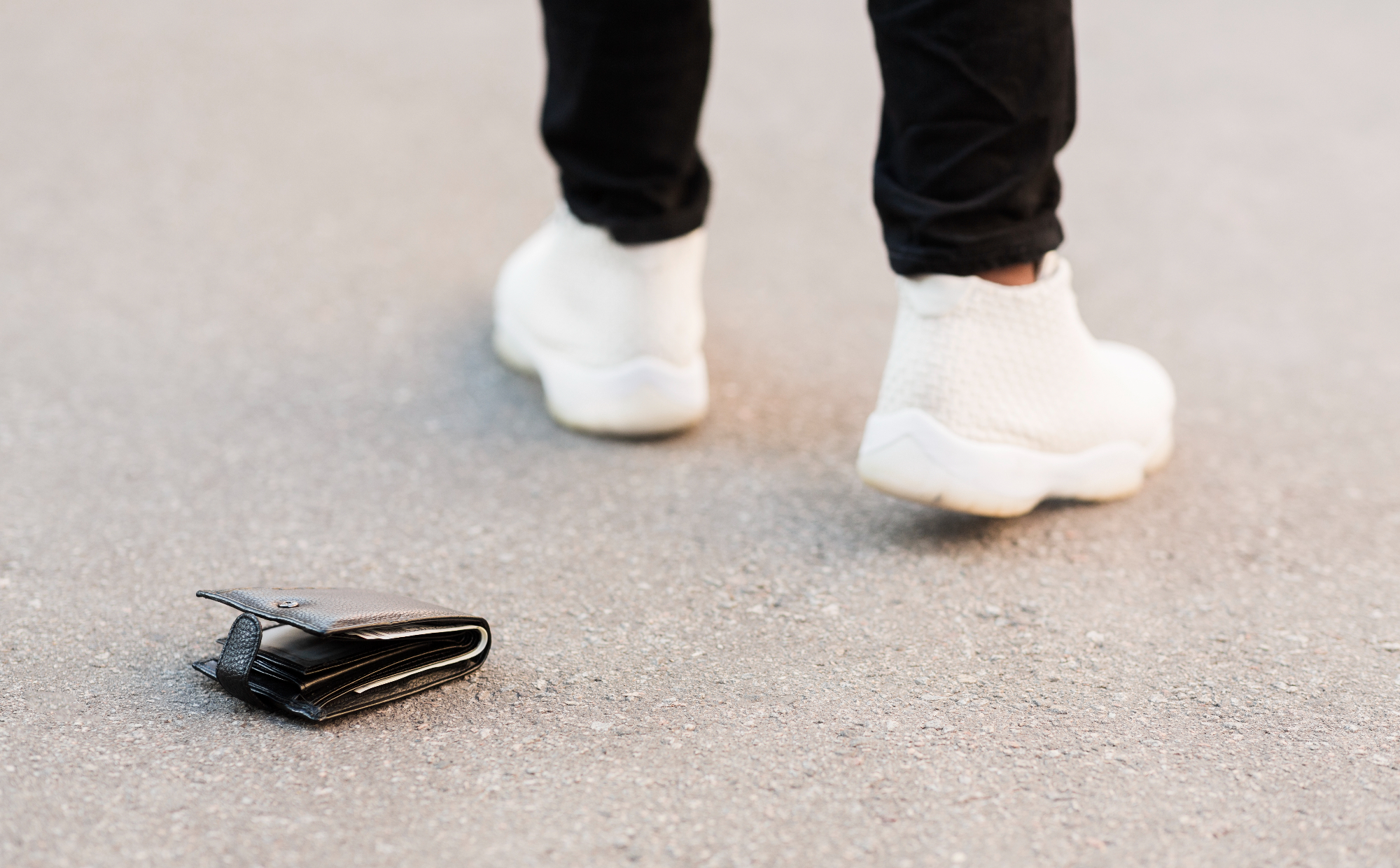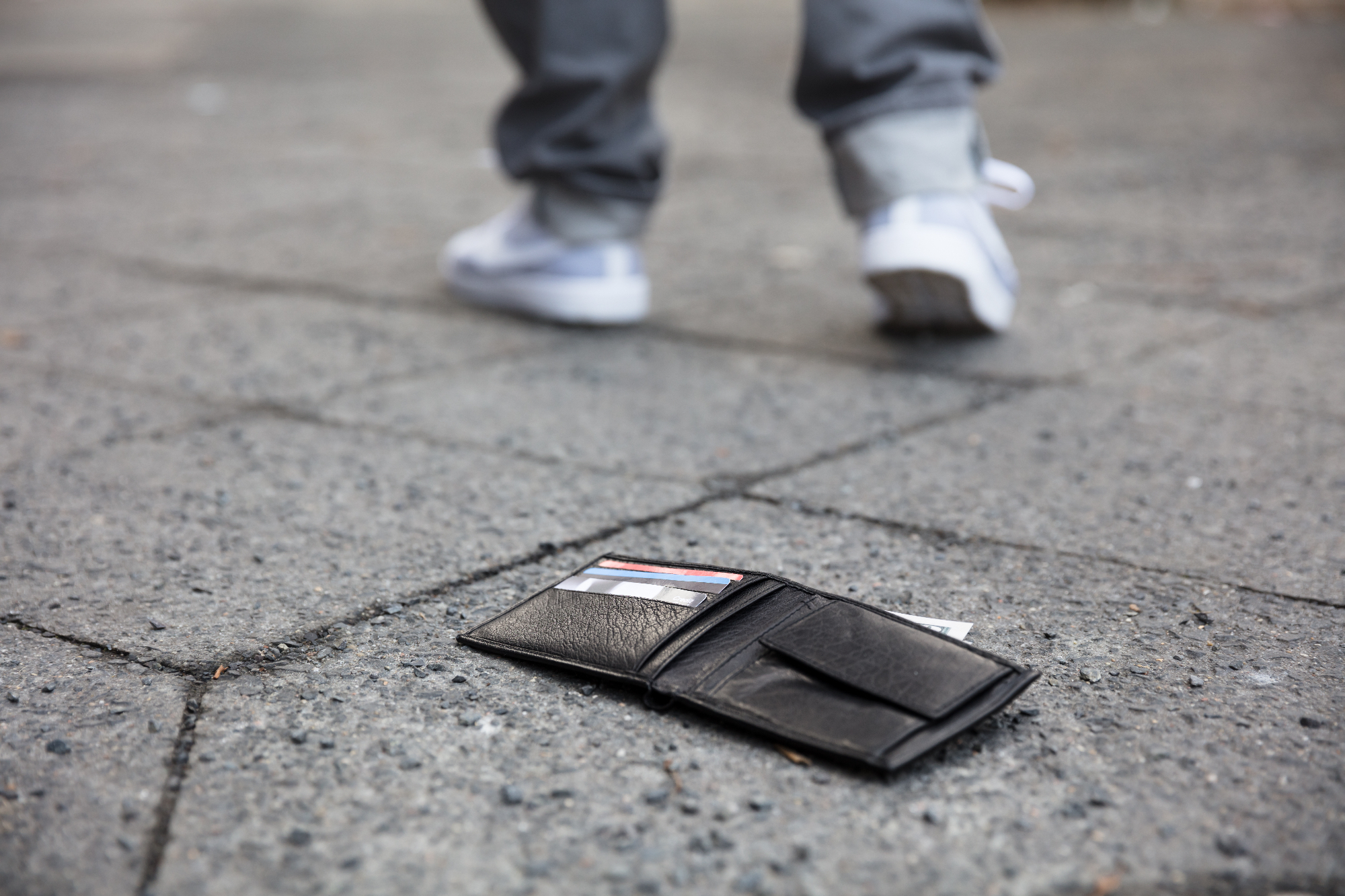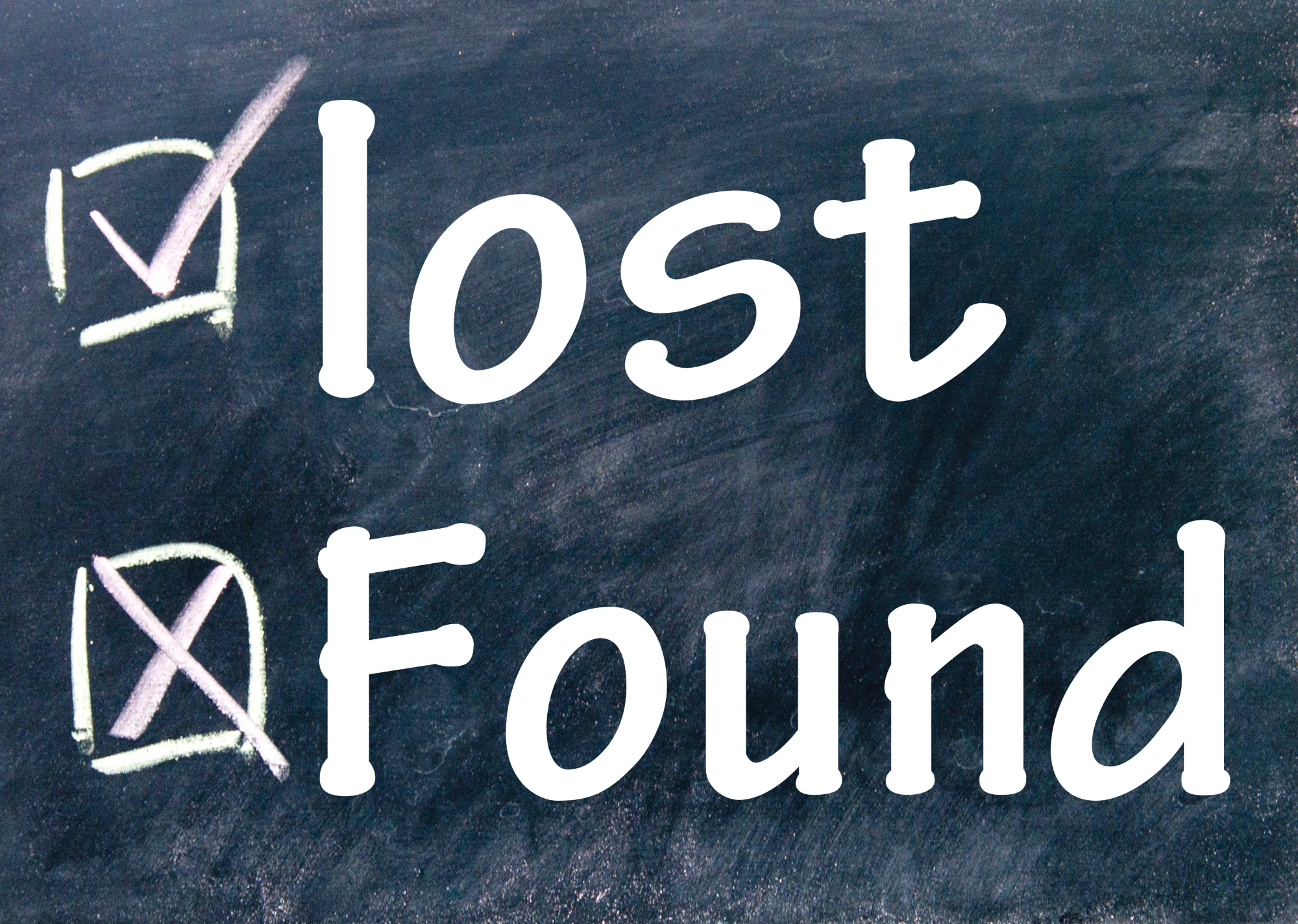
Choosing the best lost and found app requires mindful considerations. The first and foremost criteria to look for is the functionality of the app. An effective lost and found app should have robust features such as geo-tagging, image recognition, detailed descriptions, real-time updates, easy user interface and a secure system that respects your privacy. It’s also crucial to check out reviews from other users about their experience with the app. Pay attention to how responsive the customer service is in case you encounter any issues while using it. Additionally, consider whether the app offers worldwide coverage or if it’s restricted to certain areas. Some apps might require a subscription fee, so ensure that whatever cost involved gives value for your money; free isn’t always better! The compatibility of the app with your device is another factor to think about; an ideal lost and found app should be compatible with both Android and iOS platforms for broader usage. Furthermore, research on whether there are significant entities like companies or institutions that endorse or use these apps as this indicates credibility. Lastly but importantly is security – opt for those apps that prioritize user data protection since sensitive information can be shared within them during recovery processes of lost items.
After carefully scrutinizing the functionality, user reviews, coverage area, cost-effectiveness, compatibility and security of a lost and found app, it’s also important to consider how user-friendly the app is. A reliable lost and found app should have an intuitive interface that’s easy for users of all tech-savviness levels to navigate. Also noteworthy is the response time of the app; when you lose an item, every second counts – so opt for apps that offer real-time notifications. The efficiency of inventory management can be another deciding factor in choosing an ideal lost and found app; this indicates how well organized their system is in categorizing and locating various items. Check if they use advanced technologies like Artificial Intelligence (AI) or Machine Learning (ML) which add more precision to search results. Pay attention as well if they have partnerships with various organizations such as airports or shopping malls – adding more credibility to their services. Lastly, verify whether they adhere strictly to GDPR regulations protecting your personal data from misuse. Remember that finding a lost item can sometimes involve sharing sensitive information about yourself or the item – thus ensuring your privacy should be paramount for any service provider in this domain.
In addition to these considerations, the app’s customer support should not be overlooked. A lost and found app that provides a responsive and helpful support team can make a significant difference in your experience. The ability to easily reach out for help when you encounter difficulties or require clarification is crucial. You may also want to look at how the app handles false positives – instances where an item is mistakenly identified as yours by their system. Ideally, they should have robust mechanisms in place to prevent such occurrences and handle them efficiently when they do occur. With regards to compatibility, it would be beneficial if the lost and found app could synchronize with other devices or platforms you might use – like smartwatches or virtual assistants such as Alexa or Google Home – enhancing its accessibility and convenience for users. Furthermore, consider how proactive the service provider is in keeping up with technological advancements; are they constantly updating their features or refining their algorithms? This continual improvement shows commitment to providing top-notch service. Lastly, while it’s important for them to have collaborations with large organizations, don’t overlook those that partner with smaller local entities such as libraries or community centers which can provide more localized coverage.…

